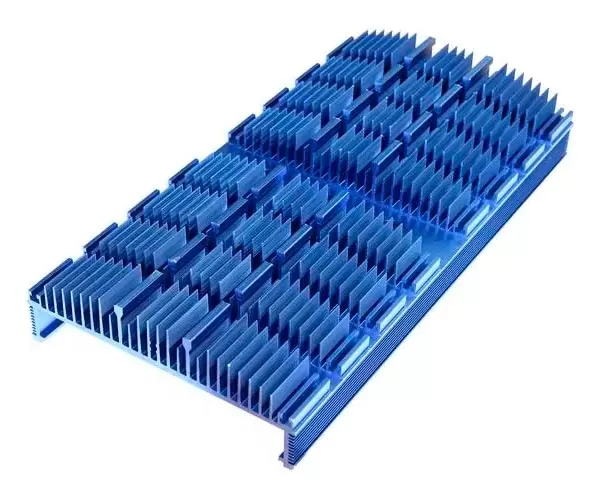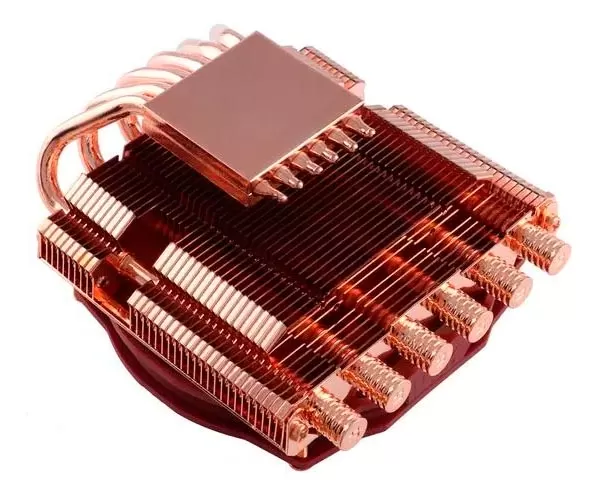
○ Aluminum Heatsink
Material: Aluminum heatsinks are lightweight and cost-effective.
Thermal Conductivity: While aluminum has lower thermal conductivity compared to copper, it can still effectively dissipate heat when designed properly.
Noise: Typically, aluminum heatsinks do not produce noise as they do not incorporate fans.

○ Copper Heatsink
Material: Copper heatsinks are heavier and more expensive than aluminum heatsinks.
Thermal Conductivity: Copper has superior thermal conductivity compared to aluminum, leading to better heat dissipation.
Durability: Copper heatsinks are more durable and can withstand higher temperatures compared to aluminum heatsinks.

○ Copper Heatsink with Fan
Enhanced Cooling: By adding a fan to a copper heatsink, the cooling efficiency increases significantly.
Heat Dissipation: The combination of copper and a fan allows for effective heat dissipation even in demanding conditions.
Noise: The addition of a fan can result in increased noise levels, which is a factor to consider in noise-sensitive environments.
In summary, the choice between these options depends on the specific requirements of the application. For passive cooling where noise is a concern, aluminum heatsinks may be suitable. When high thermal conductivity and durability are crucial, copper heatsinks are preferable. If maximum heat dissipation is required, especially in high-performance systems, a copper heatsink with a fan would be the optimal choice.


 +86-18902844286
+86-18902844286
 E-mail
E-mail
